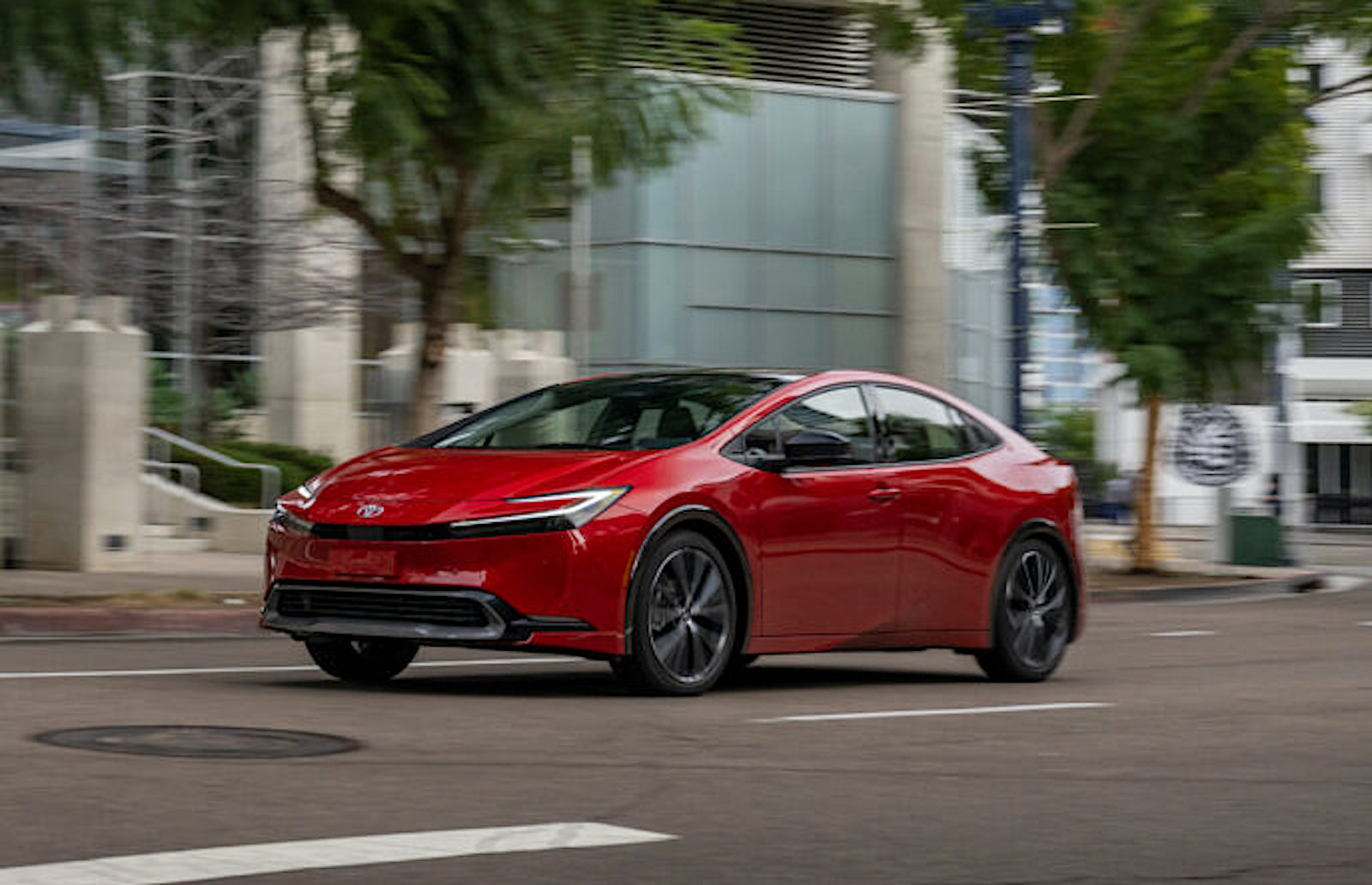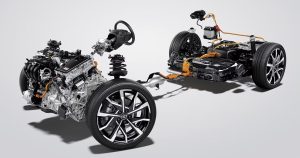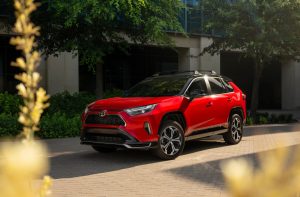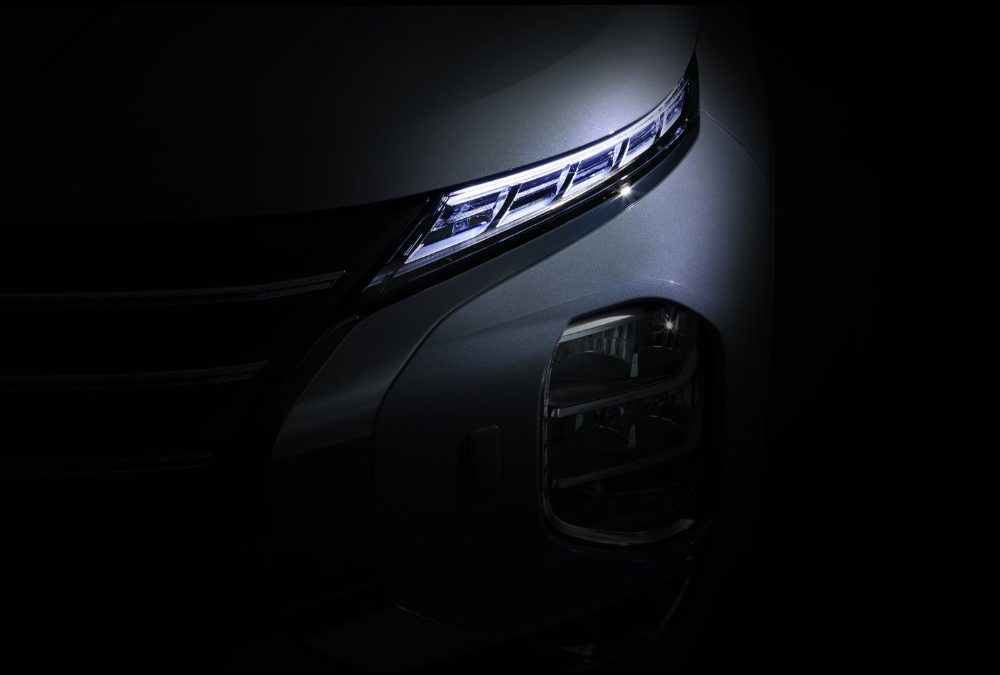As the growth of EV sales has slowed in recent months, automakers have begun looking at electrified alternatives, many betting that plug-in hybrids will become a “bridge” technology for motorists not quite ready to commit to an EV. But if you think battery-electric vehicles are expensive you may be shocked by what the typical PHEV costs – an average of more than $60,000. Then again, there are a few surprisingly affordable one.
Long the also-ran among green powertrain technologies, plug-in hybrid electric vehicles, or PHEVs, have suddenly garnered a lot of attention.
After surging more than 800% from 2019 through 2023, EV sales growth is settling back to about 10% this year. A number of manufacturers who had bet on all-electric technology to meet increasingly stringent emissions requirements are looking at plug-ins as at least a short-term solution — a “bridge” technology for buyers who’d like a cleaner vehicles but without the restrictions of an EV.
The good news is that there are a growing number of plug-ins now available, from the compact Toyota Prius Prime to the big BMW XM. The bad news? With a few exceptions, they aren’t cheap.
You thought EVs were expensive?
Since August numbers are still being finalized we’ll have to look at the figures for July. According to Kelley Blue Book, the typical EV buyers shelled out $56,520 – before factoring in any federal or state tax incentives but including options and delivery fees. By comparison, the average transaction price, or ATP, for gas-powered vehicles came in at $48,401.
If you thought that was a big premium consider that the ATP for plug-ins came to $62,985.
You might think that a plug-in should be less expensive than an EV. After all, they have much smaller battery packs – and batteries are the single most costly part of an all-electric model. The 2025 Hyundai Tucson PHEV, for example, has a modest 13.8 kilowatt-hour battery pack compared to the upgraded 63.0 kWh pack in the 2025 Hyundai Ioniq 5.
But while PHEVs may have smaller packs there are other reasons why they can cost more.
Two drivetrains in one
The most basic reason, according to Sam Abuelsamid, principal auto analyst at Guidehouse Insights, is that plug-ins have to squeeze two completely different sources of power into a single vehicle – and then make sure they can work together. Adding an internal combustion engine on top of batteries and electric motors can more than offset any savings from using a smaller pack.
Another factor: today’s plug-in hybrids tend to be concentrated at the luxury end of the market with brands like Mercedes-Benz, Volvo and BMW. The starting price for that 2025 BMW XM is $160,175. Fully loaded it jumps to $186,175.
One other thing to consider is that the more complex drivetrain set-up in a PHEV could cost more to maintain than either a gas-only vehicle or a pure EV.
More PHEV News
- PHEVs Now Outsell EVs in Many Parts of the World
- First Drive: Mazda CX-70 PHEV
- Jeep Will Offer 6 Powertrain Options – 5 of Them Electrified
Why would you want a plug-in?
That’s a good question. And there are several good answers.
To start with, plug-in hybrids yield significant improvements in fuel economy when operating in conventional hybrid mode – meaning when they are using gasoline. But they also allow a motorist to run in pure electric mode for various distances. Early plug-ins, such as the original Prius Prime could barely manage 20 miles between charges. The latest version of the Toyota PHEV is up to 44 miles. And there are some models now topping 50.
For the typical U.S. motorist, that translates into enough range to handle daily commuting or errands. According to the U.S. Department of Transportation’s Bureau of Transportation Statistics, Americans clock an average 29 miles a day. Plug in overnight and many PHEV owners reports going days, weeks, even months between gasoline fill-ups.
Some countries, such as Britain, have begun enacting restricted travel zones – such as central London — where gasoline vehicles are either banned or face congestion fees. In some, the restrictions are lifted for vehicles operating in all-electric mode. In China, plug-based vehicles, primarily PHEVs, now outsell gas models due to the country’s New Energy Vehicle mandate.
The revised emissions standards announced by the Biden administration earlier this year eased back on the mandated growth rate for pure EVs and allows automakers to substitute up to 13% PHEVs.
Affordable plug-ins
If you think a plug-in would be right for you – if you could afford one – there are some reasonable options that won’t break the bank. These include:
- 2024 Kia Niro PHEV, starting at $28,315;
- 2025 Hyundai Tucson, starting at $29,750;
- 2025 Kia Sportage PHEV, starting at $28,565;
- 2024 Mitsubishi Outlander, starting at $29,890; and
- 2024 Toyota Prius Prime, starting at $34,110.
The five of these deliver anywhere from a low of 32 miles in all-electric mode up to as much as 44 miles between charges. But do remember, just like pure electric models, PHEV range will depend upon driving conditions and driver behavior. Have a lead foot? Facing an especially cold winder day? You could see those figures drop by 30% or more, according to industry test results.















Surprise, a BMW is expensive. Does that prove your point that plug-in hybrids are expensive? No, is only shows that BMWs are in left field.